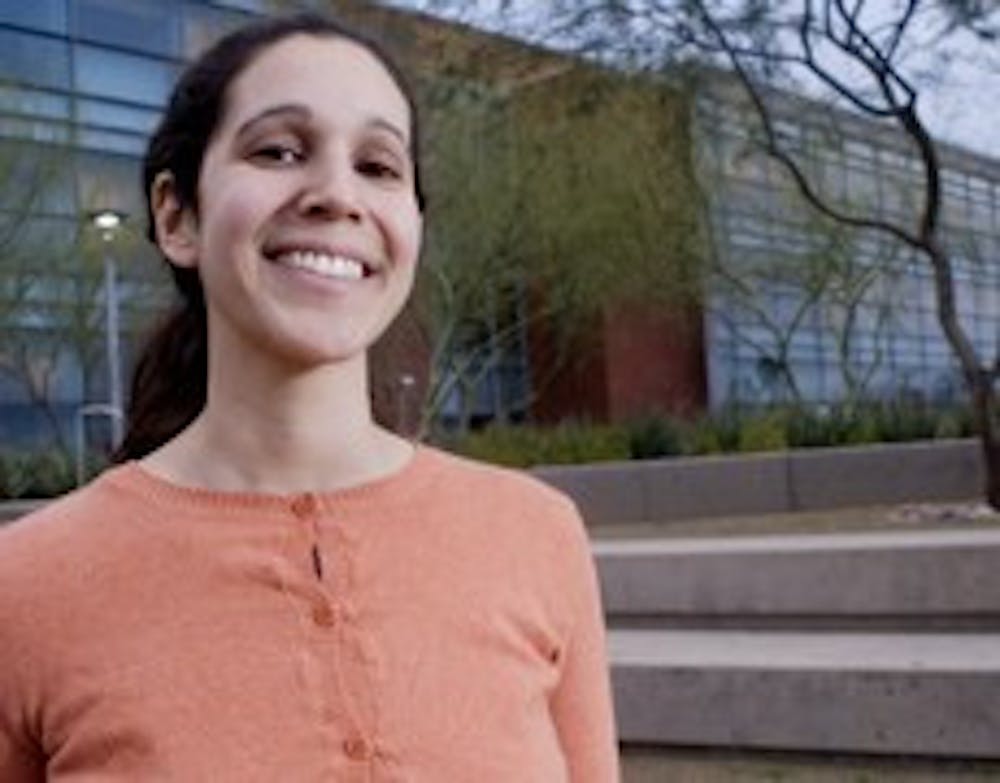A group of ASU students will put aside their textbooks in March to work in a village in the Amazon rainforest.
Members of the organization Engineers Without Borders have been working with the 300 people of Tsukaru, Ecuador since last August to develop a new water and sanitation system that will keep the villagers healthier.
"A lot of the world's biggest problems are in sanitation," faculty adviser Joby Carlson said. "These don't require a huge, complicated solution. They can be very simple."
Since the initial assessment trip to Ecuador, about 10 students have been working actively on the Tsukaru project, sometimes meeting twice a week, Carlson said.
"The students who are involved are not only interested in technology but also about the human side," Carlson said, adding that the students were remarkable for their commitment to the project.
Project Leader Michal Ziv-El, an environmental engineering doctoral student, said the village has "severe water and sanitation problems," including an inconsistent water supply, a water supply that is contaminated with parasites and other microbes, and a non-existent sanitation system.
These problems lead to monthly outbreaks of disease and other health problems for the people living in Tsukaru, Ziv-El said.
To fix these issues, Engineers Without Borders is building a relationship with the community to meet its needs.
"You actually work with them over a period of time and establish a relationship," Carlson said.
Keeping the community in mind means using inexpensive, local resources to create a solution that will be easy for villagers to maintain, Carlson said.
Carlson said the practical experience is invaluable to students.
"Nobody learns this stuff in school," he said.
For the group's second trip, Ziv-El, along with another ASU student and a professional engineer, will visit Tsukaru March 4 through 13 to show the villagers possible designs for the new water system.
"The main purpose is really just to discuss the solution with the community," Ziv-El said.
In addition to determining how to best build the system, Ziv-El said a large part of the project is about education. Part of the project team is working on ways to teach children and their parents about basic sanitation — sometimes in ways as simple as hand washing.
Mark Rohan, a mechanical engineering senior who visited Tsukaru in August, said the project's educational side could affect even more people. Tsukaru, despite its small size, is the largest town in the area and the cultural center for the Shuar tribe.
"If we can improve this central hub, that can help spread this message," Rohan said.
When Rohan was in Tsukaru, he was surprised by how welcoming people were, despite living in dilapidated houses amid swampy cesspools.
"They're really excited to have us come back," Rohan said. "They're excited to get these problems answered."
Rohan said the group is planning to spending six to eight weeks in Tsukaru during the summer and will continue to stay in touch after that.
Eventually, responsibility for the program will be in the hands of the villagers.
"This is definitely going to be longer than a semester or yearlong project," Rohan said.
Reach the reporter at: claudia.koerner@asu.edu.




